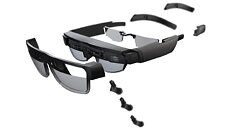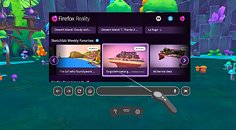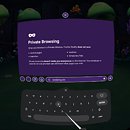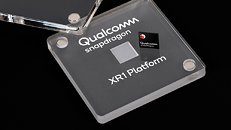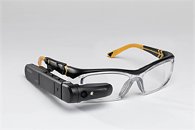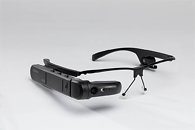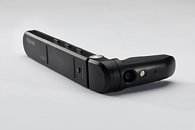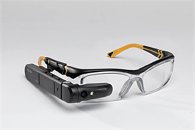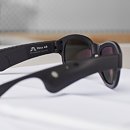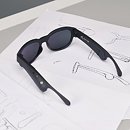Avegant announces breakthrough Spotlight display technology for Augmented Reality
Avegant announces Spotlight display technology - the world's first adaptive LED illumination architecture for LCoS. By dynamically illuminating regions of a LCoS microdisplay, Avegant has enabled the benefits of APL (average pixel level) to achieve illumination power savings up to 90% while simultaneously improving contrast by over 10x. Spotlight display technology is integrated alongside Avegant's existing products, retaining the advantages of very small, mature light engines that deliver efficient, full color high-resolution, polarized output. Avegant is collaborating with Applied Materials, Inc. and Lumileds on advanced technologies for Augmented Reality.
"Building on the success of the AG-30L2, we are delighted to announce our new Spotlight display technology. This will usher in a new level of performance for LCoS light engines, enabling efficiency advantages of APL and higher contrast, while maintaining the manufacturability, small-size, and full color high resolution displays that we have come to know from LCoS." says Ed Tang, CEO and Founder of Avegant. "We're excited to be working alongside amazing partners to enable a new level of system performance for the ecosystem."
"Building on the success of the AG-30L2, we are delighted to announce our new Spotlight display technology. This will usher in a new level of performance for LCoS light engines, enabling efficiency advantages of APL and higher contrast, while maintaining the manufacturability, small-size, and full color high resolution displays that we have come to know from LCoS." says Ed Tang, CEO and Founder of Avegant. "We're excited to be working alongside amazing partners to enable a new level of system performance for the ecosystem."



































